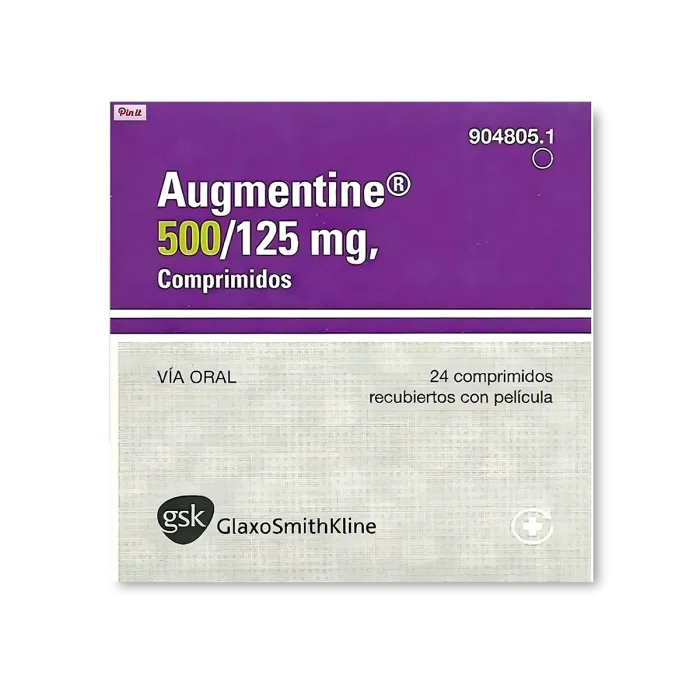Among other infections, Pelvic Inflammatory Disease (PID) is one of the most common infections in women.
PID usually affects the female reproductive organs and can cause serious discomfort if left untreated.
There are several types of PID has several types, and the symptoms often vary in an individual depending on it.
It is important to learn about the specific type of PID in order to manage their symptoms effectively.
In this article will discuss the different types of PID and their related causes and symptoms in detail.
Types of PID
The types of Pelvic Inflammatory Disease usually depend on factors such as its underlying causes.
Based on these causes, some individuals experience infectious PID due to microbes.
On the other hand, others may experience it due to non-microbial causes like foreign bodies.
Additionally, the intensity of PID can also be different depending on the factor the person is experiencing. It can either be Acute PID or Chronic PID.
This section will discuss the above-mentioned types of PID in detail for clear understanding.
Save up to 90% on your medicine bills

Augmentin 500/125 Mg

Azax 500 Mg

Cephadex 500 Mg

Norflox 200 Mg
Infectious PID
 Source: pixelshot
Source: pixelshotAccording to research, about 85% of the PID cases in women happen due to sexually transmitted bacteria or microbes.
This is why, Sexually Transmitted Infections (STIs) are the lead cause of infectious PID.
Some of the commonly seen infectious PIDs include Chlamydia PID and Gonorrhea PID.
In all of these cases, the microbes reach the upper reproductive organs from the lower genital tract.
This leads to inflammation of the uterus, fallopian tubes, and ovaries, resulting in several symptoms.
Infectious PID symptoms usually include mild to severe abdominal pain, discharge, and fever with chills.
Curious to learn more about other signs of infectious PID in women? To know everything related to common signs read Understanding Signs of PID in Females: Symptoms, Causes, and Treatment.
Non-microbial PID
Non-microbial PID refers to the inflammation of the reproductive organs due to external factors other than microbes.
These factors usually include foreign bodies, chemicals, and Intrauterine Devices (IUDs).
In foreign body PID, objects like tampons or contraceptive devices introduce bacteria into the reproductive tract, causing inflammation.
Similarly, chemical PID can occur due to exposure to irritants like douching products or contraceptive creams.
These can sometimes be harsh on individuals, thus leading to discomfort and inflammation.
In the case of IUD PID, the device can produce bacterial infection and cause PID.
A study states that IUDs and exposure to STIs produce the same amount of risk for PID in women.
Acute vs. Chronic PID
 Source: africa_images
Source: africa_imagesExperts often classify PID into acute and chronic forms based on its duration and severity.
This makes the debate “Acute vs Chronic PID” quite popular.
Acute PID usually has a sudden onset of symptoms like pelvic pain, fever, abnormal vaginal discharge, and Nausea.
It often requires prompt treatments to prevent serious damage to reproductive organs.
On the other hand, the symptoms of Chronic PID are mild in the beginning, develop gradually over time, and can remain for longer periods.
Conclusion
Understanding the different types of PID infection is important to identify and treat PID properly in women.
Infectious PID due to Sexually Transmitted Infections or bacteria is the most common.
It often causes irregular discharge, fever with chills, and abdominal pain.
Some women experience non-microbial PID due to chemicals, foreign bodies, and Intrauterine Devices (IUDs).
Acute PID can show sudden symptoms, while Chronic PID can develop gradually over time and can persist for long periods.
It is always best to consult your doctor to receive a proper diagnosis and treatment based on the underlying causes of your PID.

Frequently Asked Questions
Does all types of PID cause bloating in women?
No, not all types of PID cause bloating in women. Although PID bloating can occur in some cases of PID due to inflammation and fluid accumulation in the pelvic region, it is not a universal symptom.
How can PID be prevented?
There are several methods to prevent PID. It usually involves safe sexual practices, including consistent condom use, reducing sexual partners, and regular tests for STIs.
Individuals can also opt for prompt treatments and regular consultations with doctors to lower the risk.
What are some home remedies that can relieve PID symptoms?
Although home remedies cannot cure PID, they can help reduce PID symptoms. Popular home remedies for PID usually include herbal supplements, dietary changes, and exercises.
Some women may also get benefits from applying heat packs to relieve intense pelvic pain due to PID.
Can all types of Pelvic Inflammatory Disease return after treatment?
Yes, all types of Pelvic Inflammatory Disease can return after treatment without proper management. This may happen if the underlying factors causing PID persist.
To prevent the return of PID, individuals should always undergo regular follow-up checkups.
Do doctors diagnose different PID types differently?
Yes, doctors diagnose different types of PID based on various factors. These factors include medical history, physical examination findings, and laboratory tests.
In other cases, experts may also use imaging studies (such as ultrasound or MRI) and laparoscopy (examining organs in the belly) to diagnose PID.
Cheap Medicine Shop only refers to credible, authoritative sources for our content. If you’re curious about how we ensure the integrity of our content, we encourage you to read our Content Information Policy.














